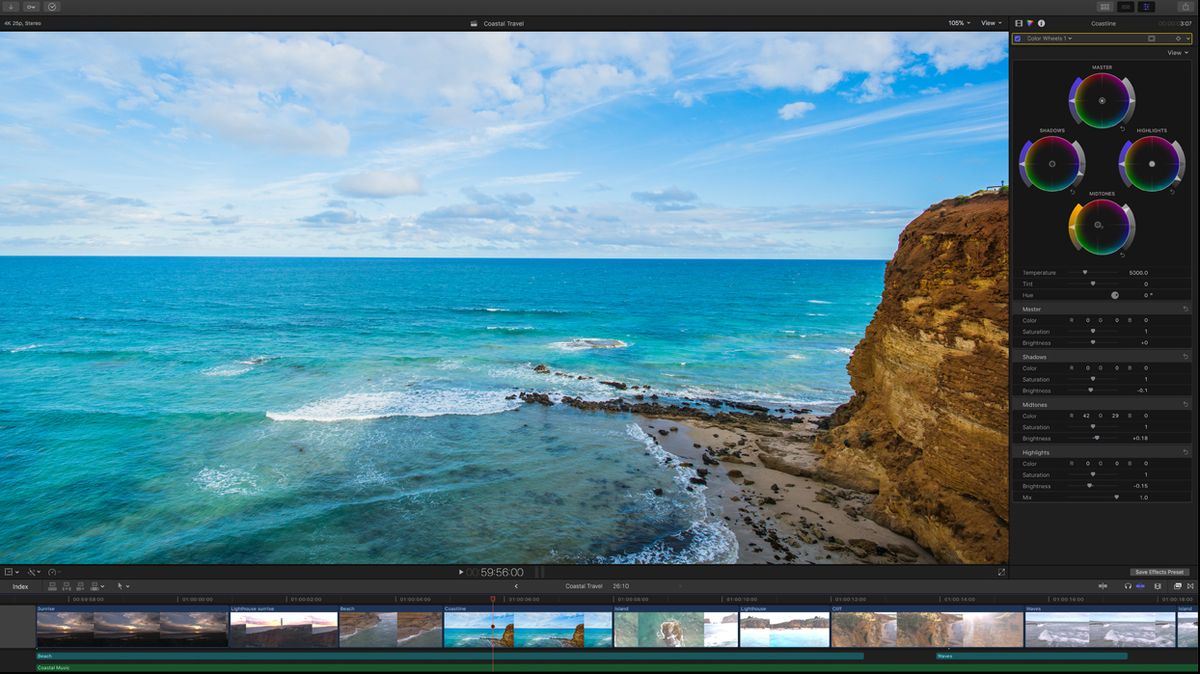

Once you insert media it populates the timeline at the bottom of the screen. The images and video will also show up in iMovie in landscape mode. You can take pictures or video to add to the collection in your project, and it supports shooting in landscape mode. But if you want to add some pictures or video while in iMovie, choose the insert button on the right (see the screen shot that says tap to insert†above). My suggestion is to get all your media on the phone before you ever even open iMovie. Notice that the video insertion screen takes your video and makes a series of frame thumbnails. That’s something you cannot do with any other app on the iPhone. Yes, you can include music downloaded from iTunes. You can choose video and pictures from your camera roll or audio from iTunes. The left one inserts media on your phone. In the above screenshot on the right, you can see two insert buttons at the bottom. IMovie starts with the Theme selection window.

The app is a $4.99 app in the iTunes App Store. It works for doing very simple edits, but I cannot imagine making a project like Majek’s. I downloaded iMovie and gave it a quick test. While iMovie is a very limited video editing package, it can do some cool things. You can see their video at the end of this review. Now that I’ve tried to create a short video with it, I am amazed at their results. The folks at Majek Pictures made a short film called Apple of My Eye on their iPhone. The reason is that the iMovie app is to movie editing what Windows WordPad is to desktop publishing incredibly basic. Now that I’ve given it a try, I’m amazed at what some have already done with this very limited video editing tool. The ability to create and edit HD movies on the iPhone is one of the things that got me most excited about my new handset.


 0 kommentar(er)
0 kommentar(er)
